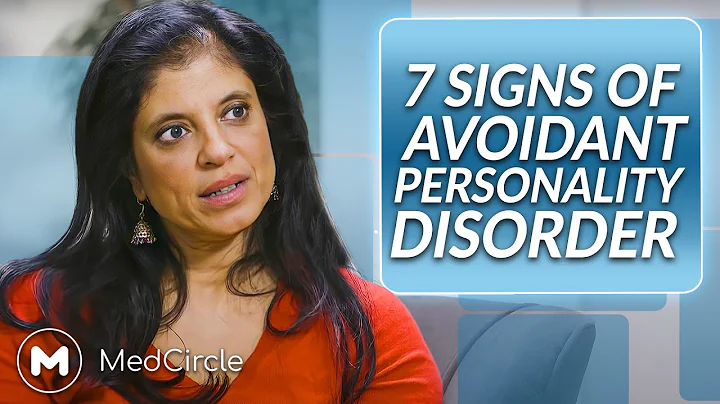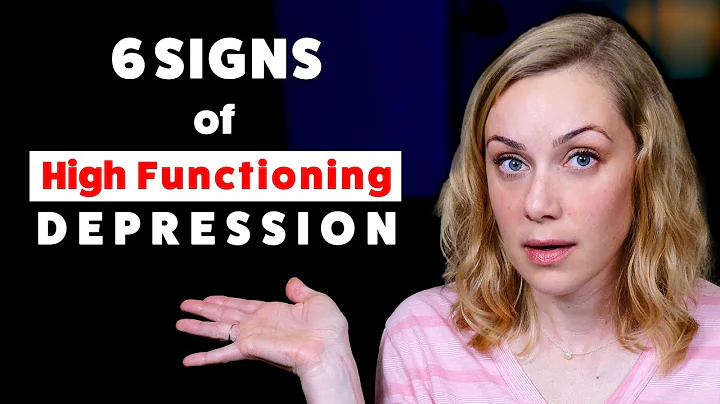emotions?
1. According to the different directions of positive and negative changes in value, emotions can be divided into
positive emotions and negative emotions. Positive emotions are the emotions caused by an increase in a person's positive value
or a decrease in a negative value, such as happiness, trust, gratitude, luck, etc.; negative emotions are the decrease in a person's positive valence
value or a negative value. The emotions generated by the increase, such as pain, contempt, hatred, jealousy, etc.
2. Depending on the intensity and duration of value, emotions can be divided
into mood, enthusiasm and passion. Mood refers to an emotion that is low in intensity but lasts for a long time. It is a weak, calm and long-lasting emotion, such as tenderness, sadness, sorrow, etc.; passion refers to an emotion that is high in intensity but lasts for a long time. A shorter emotion, it is a powerful, stable and deep emotion, such as elation, joy, enthusiasm, tirelessness, etc. Passion refers to an emotion that is very intense but lasts for a short time. It is a violent emotion. , rapid bursts of short-lived emotions, such as ecstasy, anger, fear, despair, etc.
3. According to the different dominant variables of value, emotions can be divided into desires
, emotions and feelings. When the dominant variable is the quality characteristic of people, the emotion that people have towards things is desire; when the dominant variable is the quality characteristic of the environment, the emotion that people have towards things is emotion; when the dominant variable is the quality of things, When it comes to quality characteristics, people's emotions towards things are feelings.
4. According to the different types of value subjects, emotions can be divided into personal
emotions, collective emotions and social emotions. Personal emotions refer to the emotions that individuals
have towards things; collective emotions refer to the synthetic emotions that collective members have towards
things, and class emotions are a typical
collective emotion; social emotions refer to the
emotions that members of society have towards things. Synthetic emotion, national emotion is a typical social emotion.
5. According to the different basic value types of things, emotions can be divided into three types: true
sense of falsehood, sense of good and evil, and sense of beauty and ugliness. The sense of truth and falsehood is the emotion people have towards ideological things (such as knowledge, ways of thinking, etc.);
the sense of good and evil is the emotion people have towards behavioral things (such as behavior, behavioral norms, etc.
); the sense of beauty and ugliness It is the emotion that people have towards physiological things (such as
means of living, means of production, etc.).
6. According to the different goals of value, emotions can be divided into four categories: emotions towards things, emotions towards people, emotions towards oneself and emotions towards special things. Emotions towards objects include like, boredom, etc.; emotions towards people
include hatred, jealousy, love, etc.; emotions towards oneself include inferiority complex
, pride, etc.
7. According to the different stages of the role of value, emotions can be divided into retrospective emotions, realistic emotions and expected emotions. Retrospective emotions
refer to people's emotions towards things in the past, including regret, luck, nostalgia, etc.; realistic emotions refer to people's emotions towards real things; anticipatory emotions
refer to people's emotions towards things in the future. Including self-confidence,
trust, despair, expectation, etc.
8. According to the dynamic changing characteristics of value, it can be divided into deterministic emotions
feelings and probabilistic emotions. Deterministic emotions refer to people's emotions towards things with a certain value; probabilistic emotions refer to people's emotions towards things with an uncertain value, including feelings of confusion, mystery, etc.
9. According to different levels of value, emotions can be divided into four categories: food and clothing,
safety and health, human respect and self-esteem, and self-realization emotions
.Food and clothing emotions include sour, sweet, bitter, spicy, hot,
cold, hungry, thirsty, painful, itchy, stuffy, etc.; safety and health emotions
include comfort, ease, happiness, fear, worry
, insecurity, etc.; human respect and self-esteem emotions include self-confidence,
self-love, pride, admiration, friendliness, missing, self-responsibility, loneliness, cheating and humiliation, etc.; self-actualization emotions
Emotions include a sense of ambition, a sense of mission, a sense of achievement, a sense of transcendence, a sense of loss, frustration, sinking, etc.












